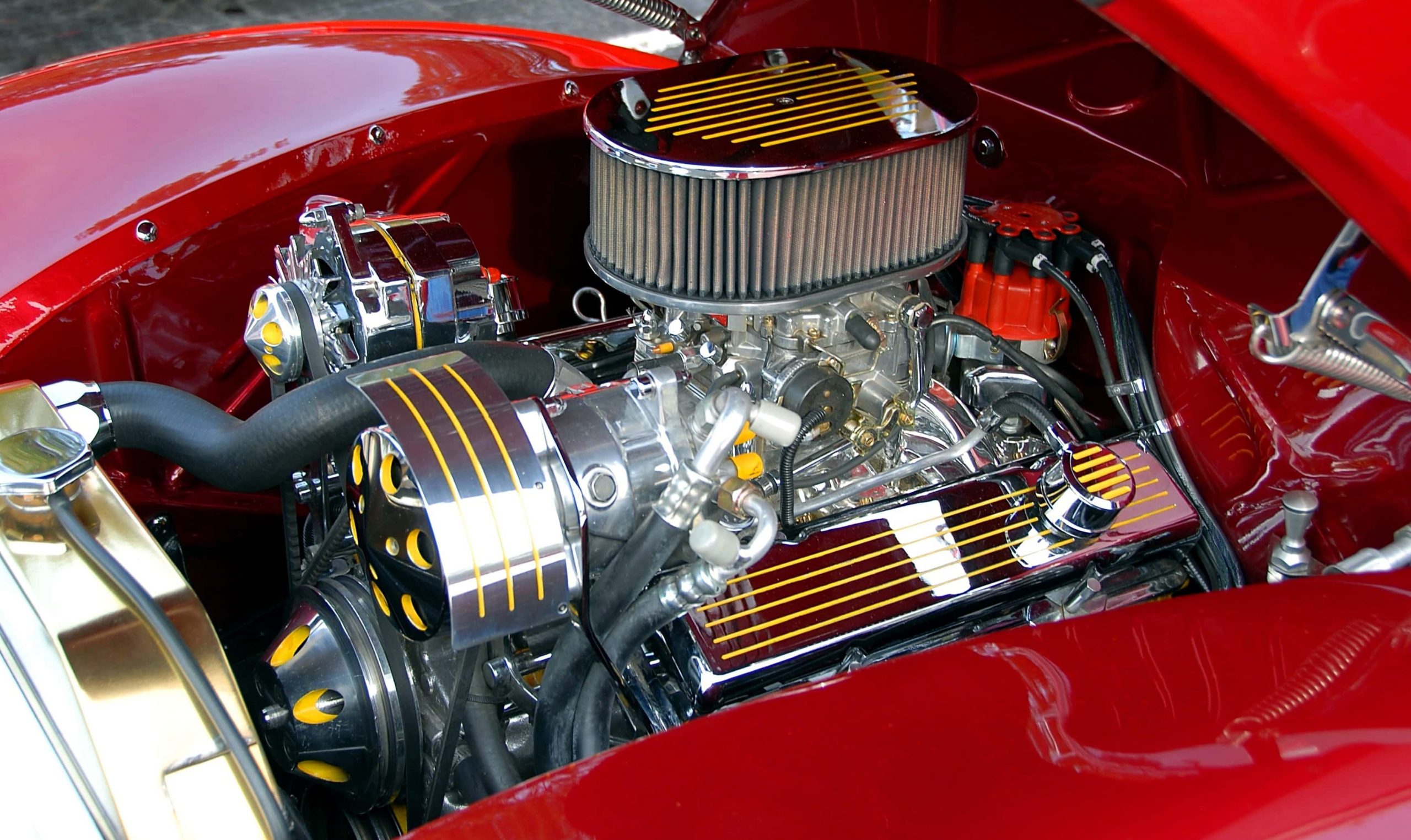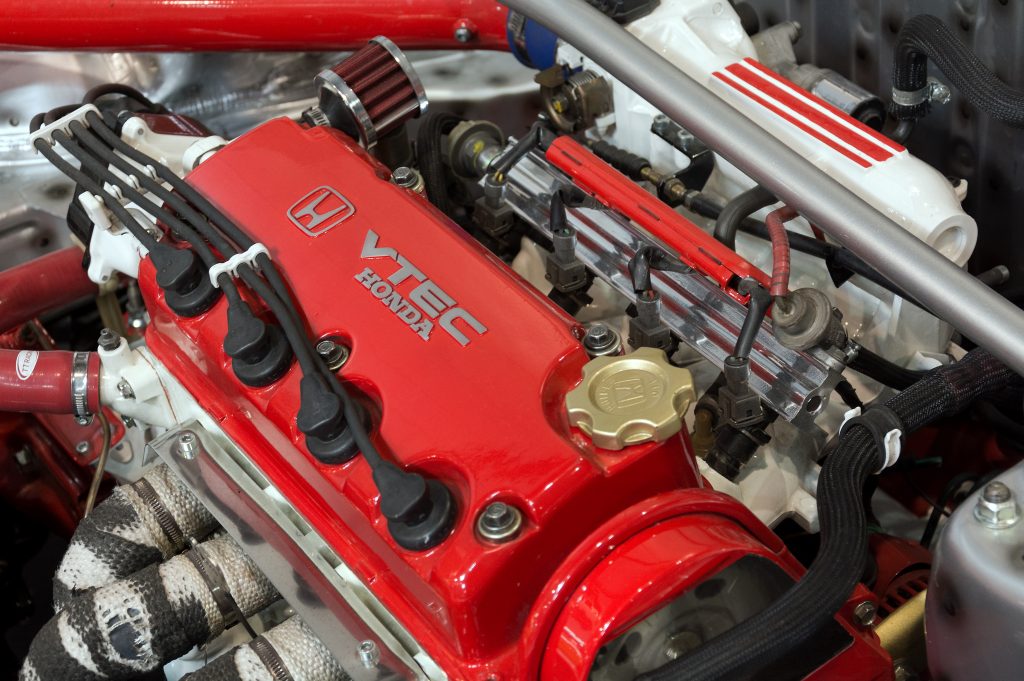Summary
– Abnormal engine oil consumption: in what cases?
– Abnormal engine oil consumption: causes, diagnoses, symptoms
– Maintenance and repairs in case of abnormal engine oil consumption
– How to reduce abnormal engine oil consumption?
Most engines consume oil reasonably. So there is no need to worry when the oil level drops slightly after several thousand kilometres. On the other hand, a significant drop in lubricant can cause concern and indicates abnormal engine oil consumption.
– Abnormal engine oil consumption: in what cases?
Oil consumption is the loss of lubricant inside the engine when it is running. This slight consumption is necessary to reduce friction and wear on mechanical parts. Engine oil, therefore, ensures the proper functioning of the components.
However, excessive oil consumption should be a warning. Symptoms should be investigated promptly, as a significant oil leak (or consumption) can have dire consequences on most engine components. This loss is detectable when the vehicle is stationary; it can be seen on the ground at the engine block.
It is then imperative to check the oil level in the crankcase, taking care to wait until the engine is cold:
– Take out the dipstick;
– Wipe it off with a clean cloth;
– Immerse the dipstick in the dipstick compartment;
– Remove the dipstick again without wiping it off to check for oil residue.
This trace must be between the minimum and maximum graduations. Below the minimum level, the engine is poorly lubricated, and, as a result, there is a high risk of a connecting rod leaking.
Good to know: in case of lack of oil in the engine, the specific indicator light on the dashboard alerts the driver.
– Abnormal engine oil consumption: causes, diagnoses, symptoms

The various causes of lubricant deficiency can come from multiple parts.
The cylinder head gasket
When it is defective, it lets the oil pass to the outside. A water/oil mixture due to the lubricant passage through the cooling system causes a leak. It is crucial to analyze the coolant and engine oil condition to determine if there is a problem with the cylinder head gasket.
The crankcase or crankcase gasket
A simple crack in the crankcase or a defect in the crankcase gasket can cause an oil leak visible on the floor.
The oil filter
The oil filter must be changed at every oil change to limit oil loss as soon as it is worn out.
The rocker cover
When the rocker cover is defective, a leakage problem occurs. This causes the engine oil to drain off at the part seal gradually.
SPI gaskets
SPI seals are located in the camshaft and crankshaft area. They are used to partition the interior and exterior of the engine. Leakage can occur at the oil distribution and oil pump.
The oil cooler and oil/water exchanger
Some late-model vehicles are equipped with an engine oil cooling system that may indicate a loss of lubricant.
Crankcase bleed screws
Crankcase drain screws may be worn or not tightened properly, leading to engine oil draining to the floor under the crankcase.
The piston rings
When the rings are defective, the crankcase’s oil enters the combustion chamber, reducing engine compression.
The Breather
Oil leakage may occur if the breather circuit is damaged.
Pistons and cylinders
A leakage problem can be the cause of abnormal engine oil consumption.
The viscosity of the engine oil
A worn-out engine can be the source of overly fluid oil, resulting in abnormal lubricant consumption. In this case, it is better to use a more viscous oil.
A damaged valve stem
The oil that escapes from the valve stem is burned in the cylinder, causing insufficient lubricant over time. A bluish, smelly smoke appears at the exhaust.
Important: There is no need to worry when the vehicle consumes less than 1 litre of oil per 1,000 kilometres driven. Top up the level regularly by choosing a good quality motor oil. To do so, it is best to follow the car manufacturer’s recommendations.
– Maintenance and repairs in case of abnormal engine oil consumption
When abnormal engine oil consumption is observed, it is essential to contact a professional mechanic. He or she will detect the defective part and ensure that the necessary repairs are made, but note that most of the damaged parts cannot be repaired. Therefore, their replacement is most often considered. The expected expense is related to the type of part, the vehicle model, and the labour cost.
Here are, as an example, the rates for some of the main parts.
|
Parts to be replaced |
Average price |
|---|---|
|
Set of 2 valve stem seals |
between 10 and $20. |
|
Piston cylinder |
from $30 to $80 the kit |
|
Segment |
between $60 and $80. |
|
Cylinder head gasket |
from $30 to $50. |
|
Rocker cover |
starting from $30. |
|
Oil filter |
from $15 to $30. |
Attention: the price of the labour is to be added to the price of the parts. The cost of the services is generally between $50 and $80 per hour. Depending on the origin of the abnormal consumption of motor oil, the budget foreseen can be between $100 and $1 500 for repair costs.
– How to reduce abnormal engine oil consumption?
To avoid abnormal engine oil consumption, it is advisable to drive wisely, whether in the city, on the road or the freeway. A vehicle that goes at a moderate speed consumes less oil than continuously under stress from sporty driving or driving at high speeds.
On the other hand, the outside temperature also influences engine oil. The outside temperature should not be too low or too high; otherwise, the driver may face excessive engine oil consumption.
Note: Newer diesel engines often consume more oil in the early stages of life than gasoline engines, a phenomenon that fades after 1 or 2 years of use.


